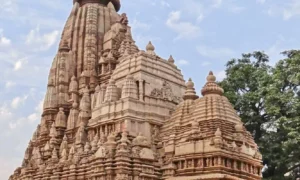The Parshvanatha temple is a renowned Jain temple located at the Khajuraho Group of Monuments in Madhya Pradesh, India. Dedicated to Parshvanatha, the 23rd Tirthankara of Jainism, it is an exquisite example of medieval Indian architecture. The temple stands out for its intricate stone carvings and detailed sculptures. It forms an integral part of the Khajuraho complex, which is a UNESCO World Heritage Site. The temple’s historical significance is amplified by its religious importance and architectural brilliance.
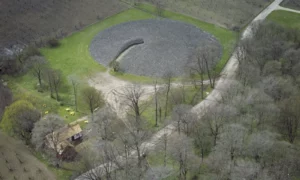
Bredarör
Bredarör is a significant archaeological site located on the island of Kivik in southern Sweden. It is most famous for its large Bronze Age burial mound, which is one of the most remarkable prehistoric monuments in the region. The site has attracted attention due to its size, intricate stone carvings, and the mystery surrounding its original purpose and the people who built it.
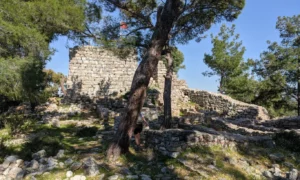
Pedasa
Pedasa, located near the modern city of Bodrum in Turkey, is an ancient site steeped in history. Once a city of the Leleges, a pre-Hellenic people who inhabited the Aegean region, Pedasa stands as a testament to the rich cultural tapestry of Anatolia. The city is renowned for its resistance against the Persian Empire and later became part of the Delian League. Its ruins, though not as extensively excavated as other ancient sites, offer a glimpse into the life and architecture of the ancient Carian civilization.
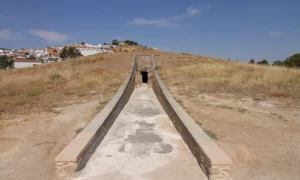
Dolmen de Viera
The Dolmen de Viera is a megalithic burial monument located in Antequera, Spain. It’s part of the Antequera Dolmens Site, a UNESCO World Heritage site. This dolmen, a type of single-chamber megalithic tomb, dates back to the Neolithic and Bronze Age. It consists of a long corridor and a burial chamber, built with large stone slabs. The Dolmen de Viera is a testament to the engineering skills of prehistoric societies and provides insight into their burial practices and cosmological beliefs.
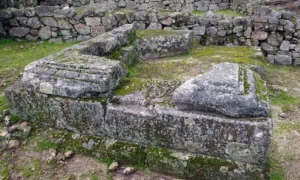
Castro of Monte Mozinho
The Castro of Monte Mozinho is a significant archaeological site in northern Portugal. It represents the remains of a hillfort settlement, known as a ‘castro,’ which dates back to the Iron Age and Roman periods. This site offers a window into the ancient past of the Iberian Peninsula, showcasing the complex history of human occupation, cultural interchange, and architectural development in the region.
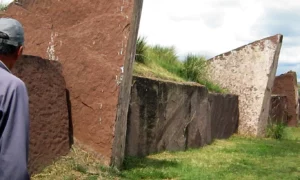
Salbyk kurgan
The Salbyk kurgan is an ancient burial mound located in the Khakassia Republic, Russia. It dates back to the 7th century BC and is associated with the Scythian culture. This monumental structure is one of the largest of its kind, reflecting the complex social structures and burial practices of the nomadic tribes that roamed the Eurasian steppes. The kurgan was discovered in the 20th century and has since been a subject of archaeological interest, revealing insights into the beliefs, rituals, and way of life of its builders.

